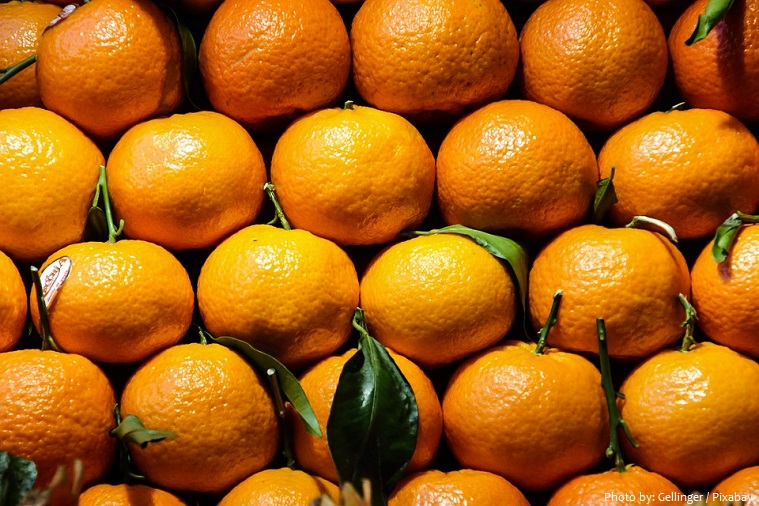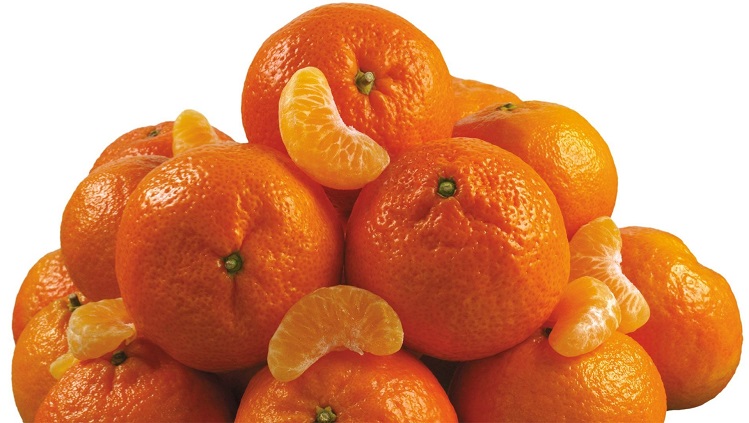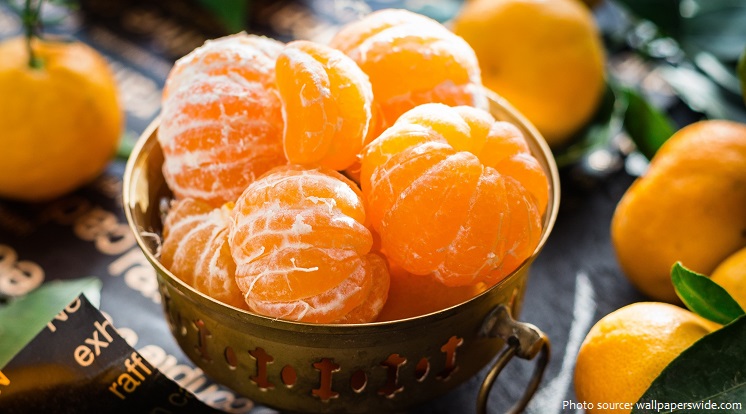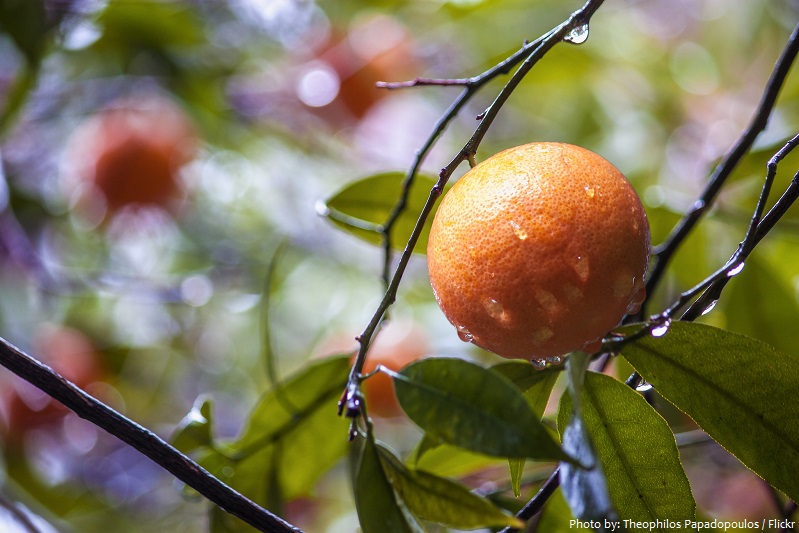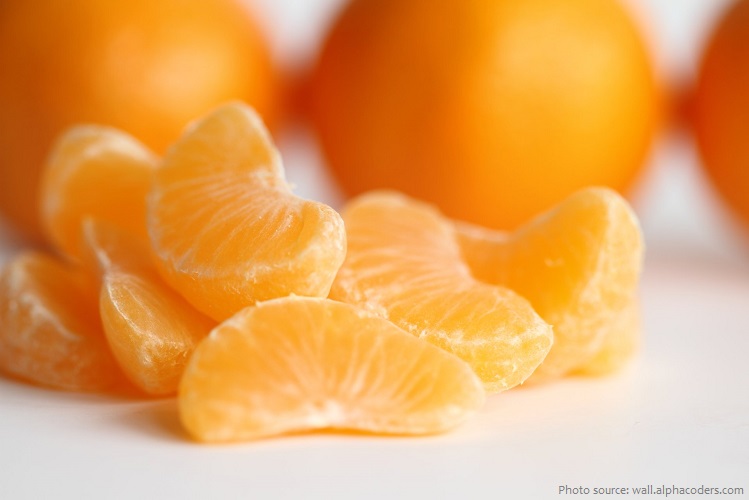The mandarin orange (Citrus reticulata), also known as the mandarin or mandarine, is a small citrus tree with fruit resembling other oranges.
The mandarin orange is considered a native of south-eastern Asia and the Philippines.
The name “mandarin” refers to the bright orange robes worn by the Mandarins, who were public officials of the ancient Chinese court.
These delectable fruits were often reserved strictly for the privileged class in the Far East, another distinguishing reason why they are called mandarin oranges today.
Although cultivated for over 3,000 years in China, mandarin oranges did not reach Europe and North America until the nineteenth century.
They were adopted into cultivation in the Mediterranean area and, by 1850, were well established in Italy. Sometime between 1840 and 1850, the ‘Willow-leaf’ or ‘China Mandarin’ was imported by the Italian Consul and planted at the Consulate in New Orleans.
The commercial cultivation of mandarin oranges in the United States has developed mostly in Alabama, Florida and Mississippi and, to a lesser extent, in Texas, Georgia and California.
The tree usually not exceeding 4 meters (13 ft) in height; however, a 30-year-old tree can reach 5 meters (16 ft) (such a tree can yield some 5–7 thousand fruits).
The leaves are shiny and green, rather small. The petioles are short, almost wingless or slightly winged.
The flowers are borne singly or in small groups in the leaf-axils.
The fruit is oblate, the peel bright-orange or red-orange when ripe, loose, separating easily from the segments. The fruits may be seedless or contain a small number of seeds.
Mandarins are generally peeled and eaten fresh. The fresh fruit is also used in salads, desserts and main dishes. They can also be dried.
Fresh mandarin juice and frozen juice concentrate are commonly available in the United States.
There are 47 calories in 100 grams (3.5 ounces) of mandarin orange.
Mandarin oranges are an excellent source of Vitamin C. They are also a very good source of dietary fiber. In addition, mandarin oranges are a good source of B vitamins including vitamin B1, pantothenic acid and folate as well as vitamin A, calcium, copper and potassium.
The health benefits of mandarin oranges include healthy digestion, weight loss, antioxidant properties, boost the immune system, fight against viral infections, regulate high blood pressure, improves heart health, boosts brain function, eye health, skin protect and prevent cancer.
Mandarins are a winter fruit. Mandarin oranges from Japan are a popular Christmas gift in the United States, Canada, and Russia. Also, they symbolize wealth and prosperity during the Asian Lunar New Year celebration.
In the United States, they are commonly purchased in 5- or 10-pound boxes, individually wrapped in soft green paper, and given in Christmas stockings. This custom goes back to the 1880s, when Japanese immigrants in the United States began receiving Japanese mandarin oranges from their families back home as gifts for the New Year.
